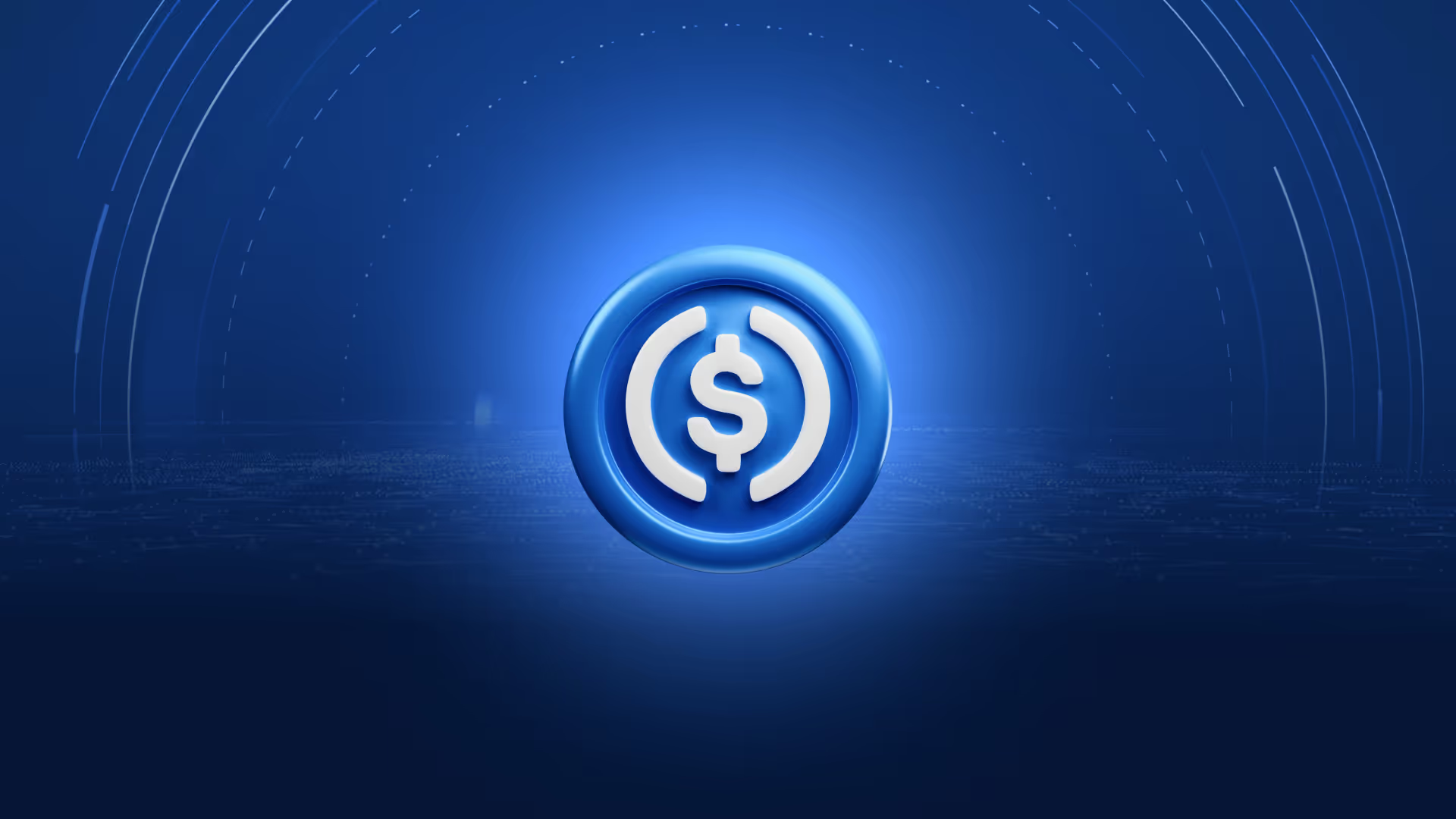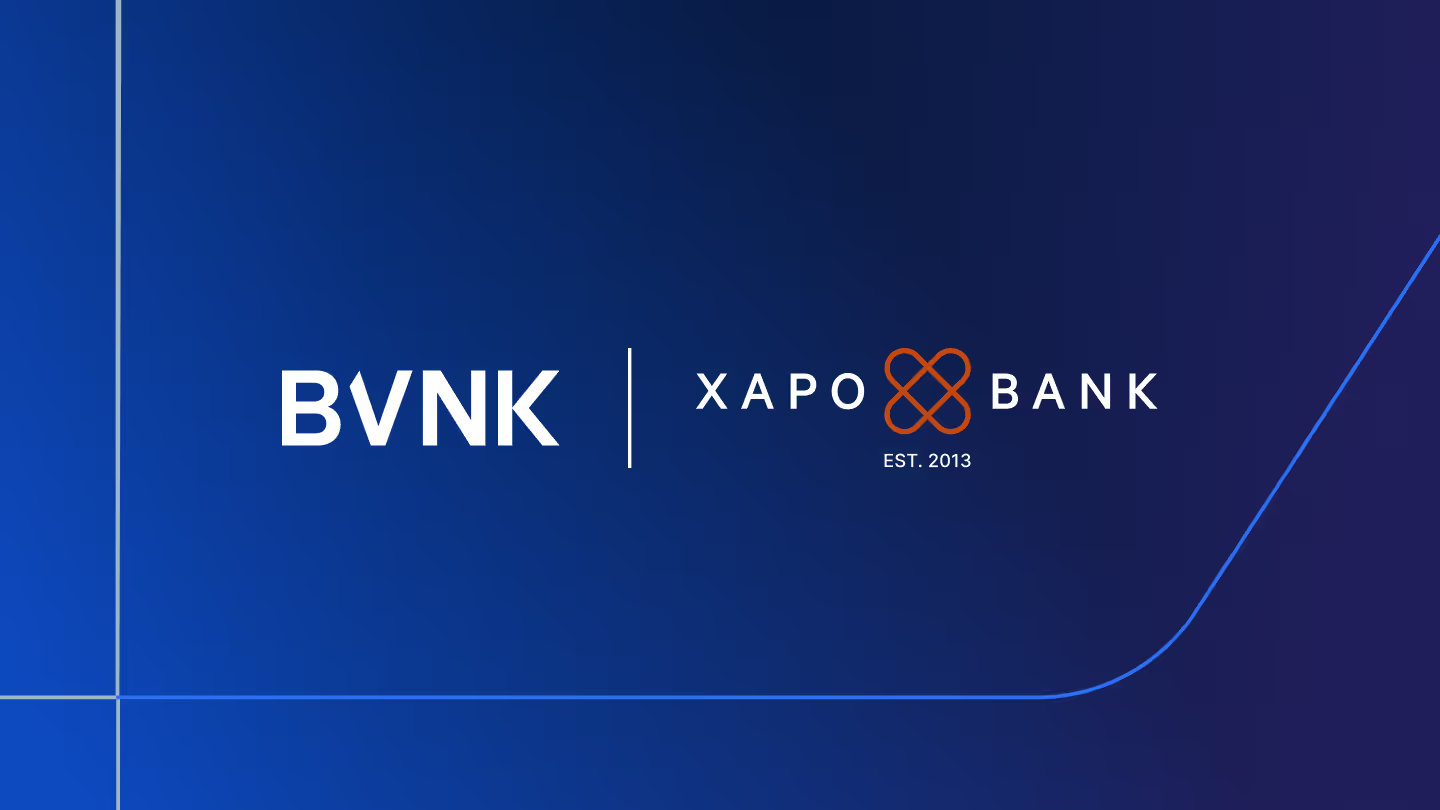Our vision for DLT payments: 2023 product keynote
BVNK’s product team outlines their vision for payments powered by distributed ledger technology.
In this blog post, Bernie Niebsch, Direct of Product for Payments, Maxim Ivanov, Director of Product for Core Banking, and Vizma Bramane, Product Marketing Manager, outline their vision for payments, powered by distributed ledger technology. This is edited from a keynote delivered by the BVNK team at Currency LDN 2023. You can watch the talk in full above.
Spring in the UK and Europe is a season of bank holidays. A friend of ours works for a global fintech company in London. She told us a horror story that unfolded over Easter. On the weekend, she received a call from the IT operations team to say that customer withdrawals were failing in multiple countries.
They jumped on a call, logged an incident and quickly discovered the cause: insufficient funds. They were working with a local partner who was facilitating withdrawals in these countries. Their balance with that partner was negative. Safety measures had failed and they couldn't reach anybody at the partners, leaving them only one option: disable withdrawals. You can imagine how their customers felt.
In the fintech industry over the last 15 years, we've created the illusion, especially for consumers, that payments are 24/7. But they're not. Money really only moves during working hours, not on weekends and not on public holidays.
Experiences like this are not uncommon in business, and it highlights the need for a new way of transferring money internationally – one that works 24/7, 365 days a year.
The changing face of payments
Over the last 50 years, the financial services industry has reinvented payments for consumers: from the introduction of ATMs to the rise of credit cards and online banking. Much of this innovation has focused on solving problems in customer experience.
But financial infrastructure has not kept pace with these changes. Today, most payments still rely on networks of banks and intermediaries like Swift to settle funds. To pay with Apple Pay for example, issuing and acquiring banks, and card networks, communicate using a protocol from the 1980s – the lSO 8583 standard.
With so much legacy remaining at the infrastructure level, it's getting harder for fintechs to innovate and meet the changing business requirements of their customers.
What are the implications? In some cases, a cross-border payment can take several days and cost up to 10 times more than a domestic payment. Slow settlement creates cash flow issues for payment teams, who may have to contend with funds stuck in local markets, or the costs and hassle of pre-funding.
Higher cross-border transaction fees meanwhile increase operational costs for merchants and can stifle innovation among fintechs looking to provide onward services to consumers and businesses.
Bridging two generations of financial technology
Distributed ledger technology (DLT) and blockchains have the potential to provide an alternative base layer for global payments, so businesses can move money cheaply and quickly, to and from places that have historically been hard to reach. DLT is already flourishing in parts of the world where it can solve real challenges for businesses, where financial exclusion is high and banking infrastructure is slow.
As with any nascent technology there are challenges to work through – a need for greater regulatory clarity for example, and more interoperability between different DLT systems.
But in time, we believe that all payments will interact with DLT in some form. Whether it's central banks exchanging value with Central Bank Digital Currencies (CBDCs) or stablecoins replacing Swift infrastructure to connect local payment schemes around the world.
And by merging together the best from two generations of financial technology, we believe we can meet the most ambitious needs of merchants and financial organisations – and create a world where both consumer and B2B payments move cross-border, 24/7/365.
As DLT matures, we’ll see even more payment teams in global businesses using it in conjunction with traditional financial rails like Swift and SEPA, as part of multi-rail payments strategy.
Modern rails for moving money
At BVNK, we want to make payments as resilient as the internet. By bridging traditional payment systems with distributed ledger technology, we've created modern rails for moving money. Using our platform, businesses can send and receive payments anywhere in the world.
With our DLT Payments product, businesses can send and receive stablecoins and other cryptocurrencies. With our Global Settlement Network, they can exchange in almost any currency, within 24 hours. And with our Embedded Payments solution, businesses can take this functionality and offer it as part of their own products.
If you'd like to discuss your DLT payments project, get in touch with our team.

Global payments at internet speed
Latest news
View allGet payment insights straight to your inbox



.jpg)







.avif)


.jpg)





